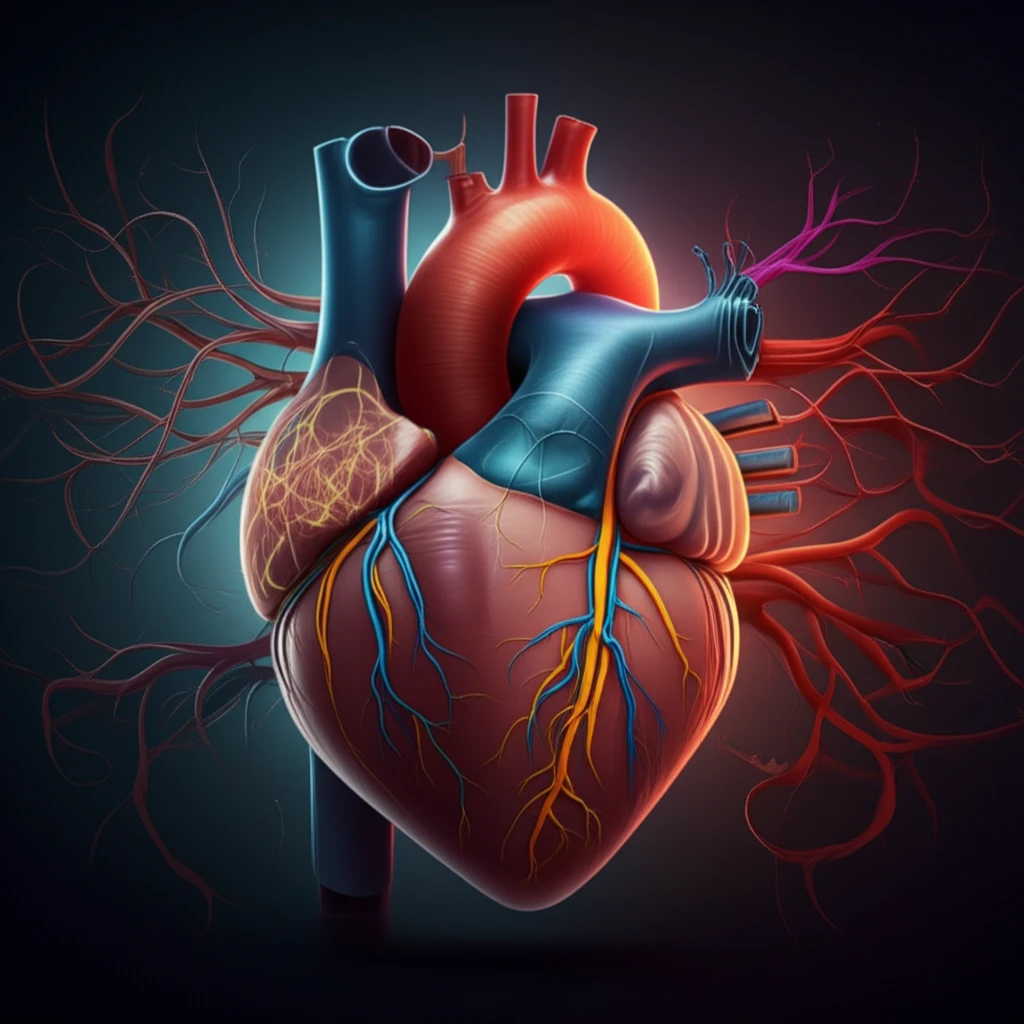
When a Wobbly Heart Isn't Just a Rhythm Problem: Understanding WPW and Hidden Cardiomyopathy
"Discover how Wolff-Parkinson-White syndrome can lead to unexpected heart muscle weakness and what can be done about it."
Heart failure (HF) often stems from a complex interplay of factors, with dyssynchrony – poorly coordinated heart contractions – playing a significant role. While often associated with conditions like dilated ventricles or conduction system diseases, dyssynchrony's impact on heart function and a patient's well-being is well-documented.
Cardiac resynchronization therapy (CRT) has emerged as a valuable tool for managing HF symptoms and improving outcomes by addressing electrical conduction abnormalities. However, ineffective heart contractions and subsequent HF can arise from various other underlying causes.
This article delves into a unique case of severe, symptomatic dilated cardiomyopathy resulting from a right anterolateral accessory pathway (AP). Successful ablation of this pathway led to remarkable improvements in heart function and symptom resolution, highlighting the importance of understanding the diverse electromechanical mechanisms contributing to cardiomyopathy.
The Case: Unmasking WPW-Related Cardiomyopathy

A 24-year-old chef presented with intermittent atypical chest pain and dyspnea. Initial examinations, including social and family history, revealed no significant contributing factors. However, an ECG unveiled a sinus rhythm, a shortened PR interval, and preexcitation patterns with positive delta waves, indicative of Wolff-Parkinson-White (WPW) syndrome.
- Key Findings
- Dilated left ventricle with significantly reduced ejection fraction.
- Septal dyskinesis and akinetic basal inferior wall.
- ECG evidence of WPW syndrome without reported tachyarrhythmias.
Unlocking Recovery: Ablation and the Road to a Healthier Heart
Electrophysiological studies pinpointed the earliest ventricular electrogram at the 10 o'clock position of the tricuspid annulus, confirming the presence of a right anterolateral accessory pathway. Radiofrequency ablation successfully eliminated the pathway, restoring normal electrical conduction.
Follow-up assessments three months post-ablation revealed remarkable improvements. The patient reported increased exercise tolerance, and an echocardiogram showed a normalized PR interval and an ejection fraction that had rebounded to 57% with improved left ventricular dimensions and wall motion.
This case underscores the importance of considering WPW syndrome as a potential cause of cardiomyopathy, even in the absence of incessant tachycardia. Early referral to an electrophysiologist for evaluation and potential ablation can lead to significant improvements in cardiac function and overall quality of life.
